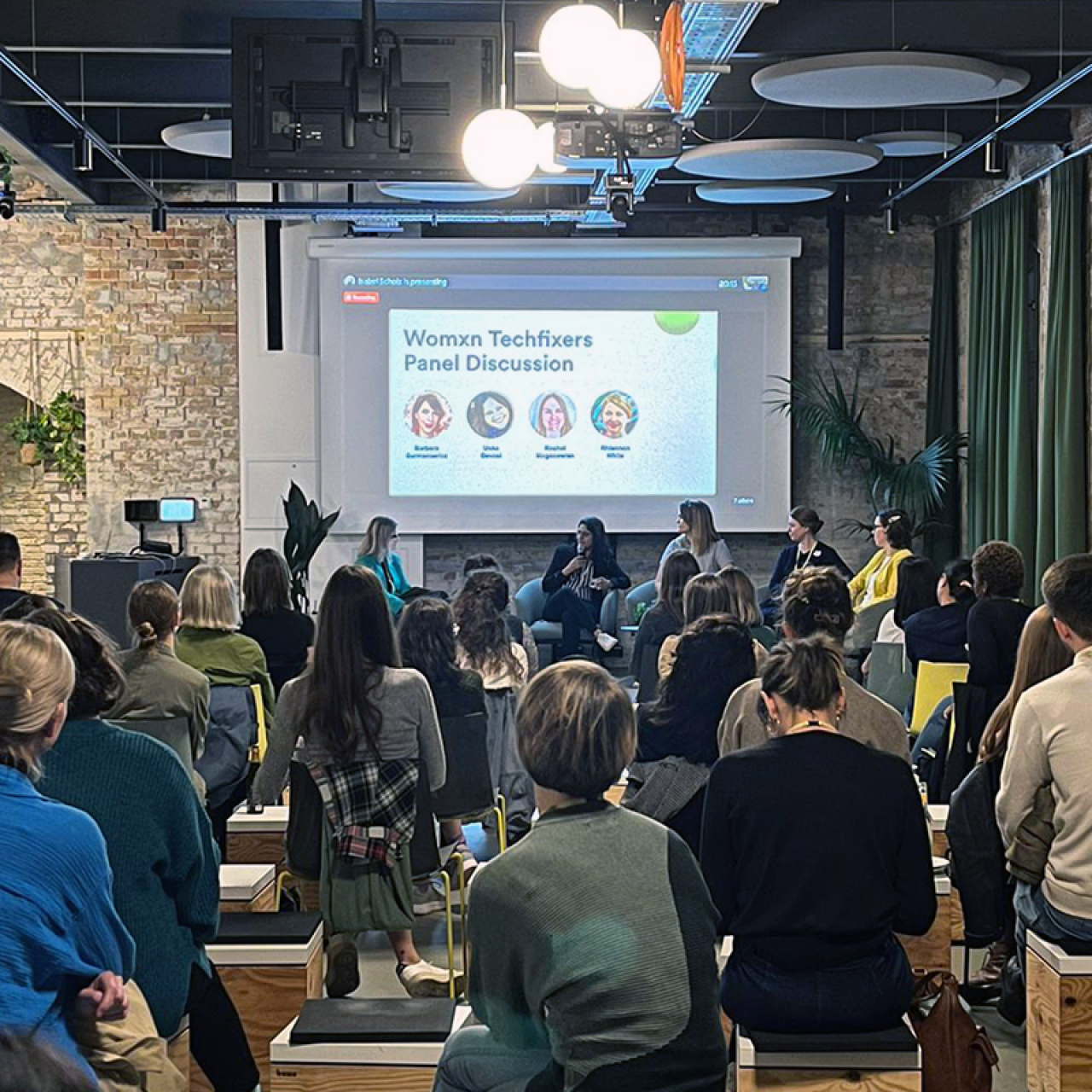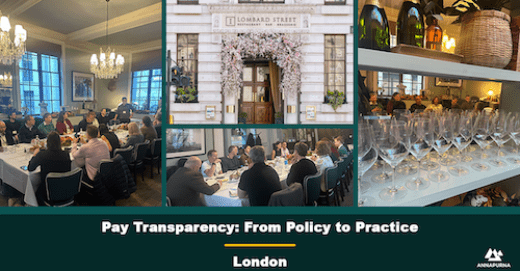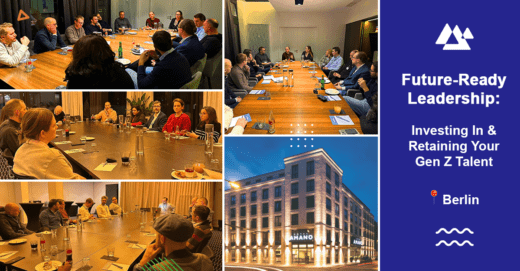A catalyst to changing the workplace for good?
There is no doubt that the COVID-19 pandemic changed many things about our lives, not least the way we work. As the world emerges from lockdown into a very different economy and society, the global workforce is reluctant to resume ‘business as usual” and companies are having to adapt.
In July of this year, Google announced that it will keep its employees home until at least July 2021, making it the largest tech firm to commit to such a timeline post COVID-19. The announcement also comes as open floor plans and shared spaces seem untenable for the foreseeable future, forcing companies across a variety of industries to reimagine what “office work” looks like.
However, not every business feels the same. Kevin Ellis, Chair of Accountancy firm, PwC (which has more than 22,000 staff across the UK) said he hopes to have around half of the company’s employees back at work by next month. The company feels that colleagues need to be together to maximise learning, creativity and productivity – all things that are “absent” in the working from home scenario.
So, who’s right? Will businesses really lose out if their employees communicate only via screen or indeed, will the benefits of working from home, including time gains and, according to some, a greater feeling of well-being, reap rewards for the future?
Some would argue that the workplace of today has been undergoing dramatic changes long before COVID-19 hit. Companies have known for a while that in order to stay competitive, flexibility and accomodating employee work preferences are key. Also, thanks to technological advances, demographic changes and globalization, ‘working’ is much faster, more efficient and the dynamic of most workplaces has completely changed. A change which requires organizations and their employees to come to terms with a new environment, in which flexibility and adaptability have priority over traditionally standardized roles and responsibilities.
Today, we have freelancers, consultants, parents working part-time, people taking time off to travel, three-month jobs, one-off projects and more entrepreneurs than ever before. Gone are the office cubicles and spending all week glued to your desk in the office, and never before has this been truer in light of COVID-19.
The global pandemic may have magnified the need for flexible working but in truth, it has been evolving for a number of years. To ensure businesses can face the immediate economic future, flexible working will be non-negotiable in terms of attracting and keeping the best talent and creating a culture fit for purpose in 2020 and beyond. So, how do we make sure we get it right moving forward?
Working remotely
Almost unheard of just a few decades ago, and perhaps one of the most common practices today, is that we can work from home, a coffee shop, a coworking space or even the beach (if we wanted to). In the past, remote working was reserved for special situations and had to be discussed with the ‘bosses’ and approved a few weeks in advance. Today, it’s the new normal and a positive change for the employers and employees – not only does efficiency increase while turnover decreases, but fixed costs for companies go down as well. Not having to provide office space (at least not as much), utilities, etc. also adds up in savings for companies that allow employees to work remotely.
According to a recent report by Global Workplace Analytics and FlexJobs, remote working has grown 159% since 2005 and risen 44% over the last five years. These days, according to Gallup, 43% of employees work remotely in some capacity, up from 39% in 2012. These figures will have increased further during the 2020 pandemic.
Four-day work weeks
The drumbeat for a four-day workweek is getting louder and louder. In 2019, Microsoft Japan tested it out with its employees and were impressed with the results, stating that productivity rose by 40% whilst electricity costs fell by 23%. Finland’s new prime minister, Sanna Marin has also been quoted as saying that her country might want to experiment with the ‘aspirational goal’ of a four-day workweek; “I believe people deserve to spend more time with their families, loved ones, hobbies and other aspects of life, such as culture. This could be the next step for us in working life.”
Lastly, in his new book, The 4 Day Week, Andrew Barnes (founder of the New Zealand financial services firm Perpetual Guardian) writes about how letting his employees work this way made them happier and the company more profitable.
A global team
Due to remote working, the concept of a work team has shifted from being limited to one physical location to spread all across the world (if need be). In fact, a 2019 Global Employee Survey by professional employer organization, Globalization Partners, revealed that an astonishing 72% of people said they like to be part of a global team.
Some of the world’s leading pharmacutical companies have been heralding the GLocal approach for a while now, whilst Google has over 70 offices in 50 countries, with 28% of its employees working from home or telecommuting, with all of them working as one efficacious team.
“Now you could hack into a global pool of knowledge workers to build the team you actually need irrespective of the location you’re always in,” said Mark Swift, the Partner Director of Design for Microsoft Teams, Skype and GroupMe at Microsoft.
Culture
Today, company culture is a lot more laid-back and fun than what you would have seen 20 years ago. Mini-bars on every floor at Facebook headquarters, fully-stocked kitchens, drinks trolleys on Fridays, company activities, and employee getaways are some of the additional benefits employers offer to remain competitive.
As the culture becomes more laid-back, so does the requirement to be in the office at specific hours (more flexibility than just 9 to 5). More employers allow their employees to dress casually, display piercings and tattoos, and take breaks whenever they feel is necessary.
Remember that employees have different values
While the idea that working for an organization is more than just an economic transaction has been around for more than 10 years, Tom Rath, author and researcher of workplace issues, has noticed an evolution in what employees expect out of their employers.
“Organizations really have to prove that what they’re doing is good for society,” Rath said. “In the past, one of the things we overlooked is that most relationships between people and their employees are actually bad for their physical health. You’re starting to see that organizations that churn and burn through people are not being accepted on an employee level.”
Additionally, Rath has seen that employees increasingly want to work for organizations that are working to better society.“When you look at a more macro level of how we, as consumers and citizens view big companies and brands, there’s also a similar push where large organizations, in particular, are going to need to demonstrate and prove that they’re actually a societal good and they’re not just selling products or services that are bad for people,” Rath said.
“Organizations will need to prove they’re good for the environment, they’re good for their customers, and they’re good for the communities they reside in.”
Strategies for embracing the change
The workplace has been slowly changing for a number of years, but should we indeed be thanking COVID-19 for creating an urgency around making these changes happen faster and across the majority of businesses instead of the select few? And how can we embrace these changes successfully?
Demonstrate your flexibility – Being open-minded is a must in the current climate of constant change. If you’re an employer, then make sure you listen to the needs of your employees. And if you’re an employee, demonstrating flexibility is what will keep you afloat.
Take small steps – It isn’t compulsory to ‘run the marathon’ immediately if you’re fearful, but it is compulsory to take steps for continuous betterment towards your goals. In order to embrace change, it is important to take small steps to achieve it.
Be open to new ideas – We all love our comfort zones but we also know that change begins at the end of it. Be open to new ideas and listen to what your employer or employee has to say.
Maintain a positive attitude – Changes to workplace systems and communication methods can be challenging, but by maintaining a positive attitude throughout times of change, organizations will continue to push and motivate their team, and employees will prove they’re a real asset to the company.
“Progress is impossible without change, and those who cannot change their minds cannot change anything.” George Bernard Shaw
This article is exclusive to The Business Transformation Network.





